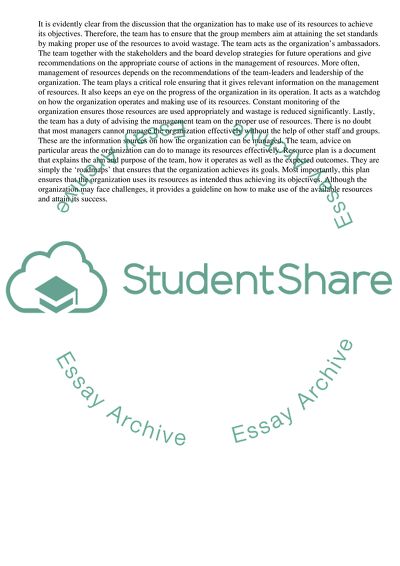Cite this document
(“Responsibilities of a Team in Managing Resources Assignment”, n.d.)
Responsibilities of a Team in Managing Resources Assignment. Retrieved from https://studentshare.org/management/1646923-resource-planning
Responsibilities of a Team in Managing Resources Assignment. Retrieved from https://studentshare.org/management/1646923-resource-planning
(Responsibilities of a Team in Managing Resources Assignment)
Responsibilities of a Team in Managing Resources Assignment. https://studentshare.org/management/1646923-resource-planning.
Responsibilities of a Team in Managing Resources Assignment. https://studentshare.org/management/1646923-resource-planning.
“Responsibilities of a Team in Managing Resources Assignment”, n.d. https://studentshare.org/management/1646923-resource-planning.


